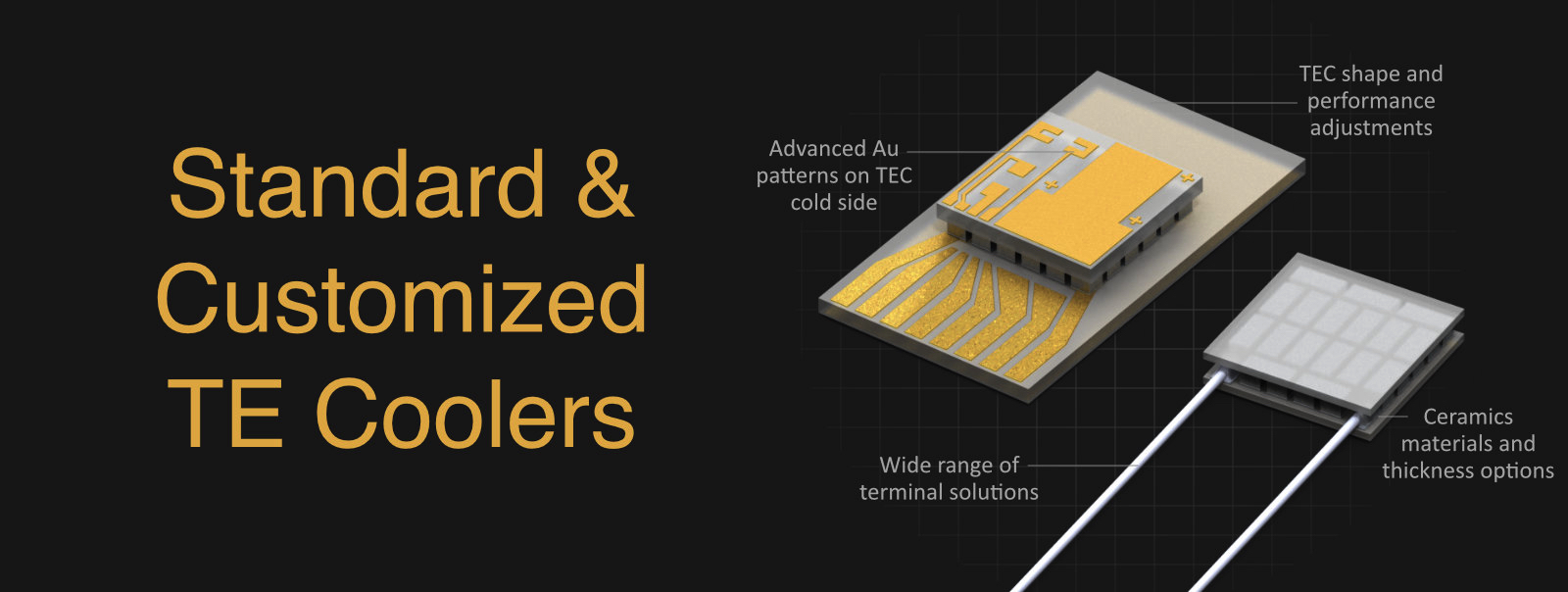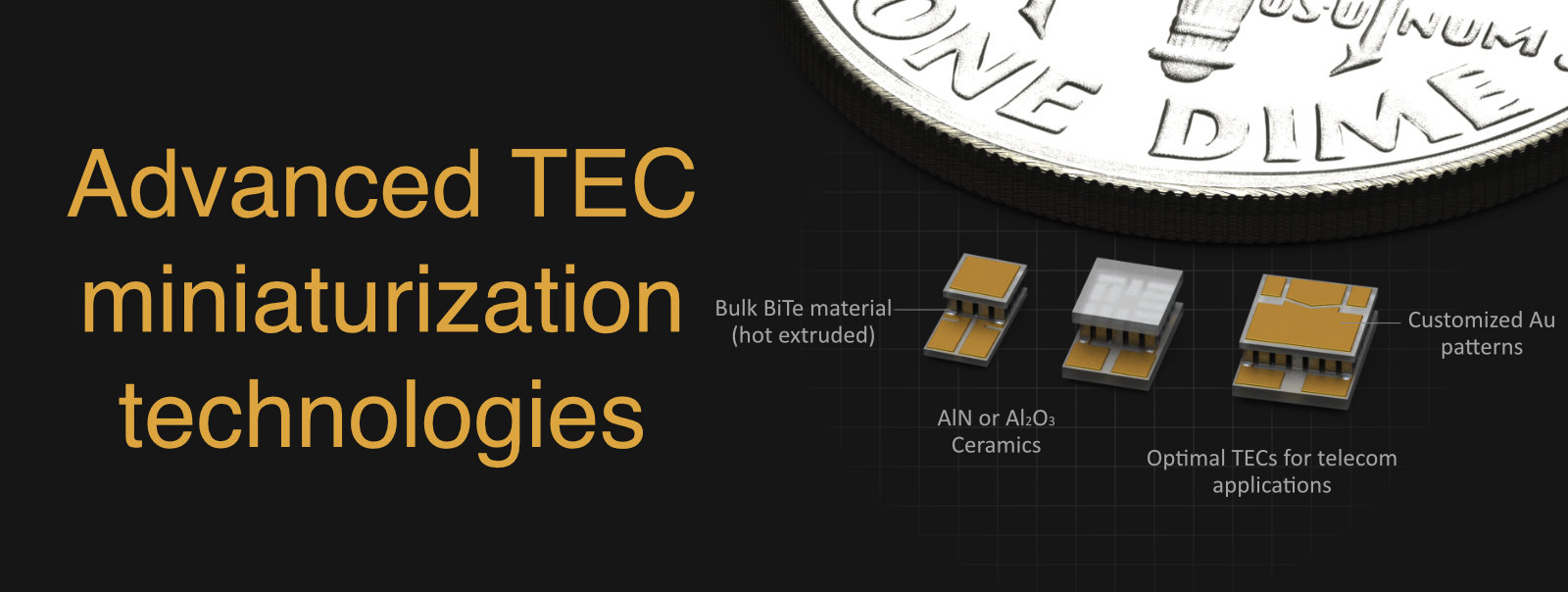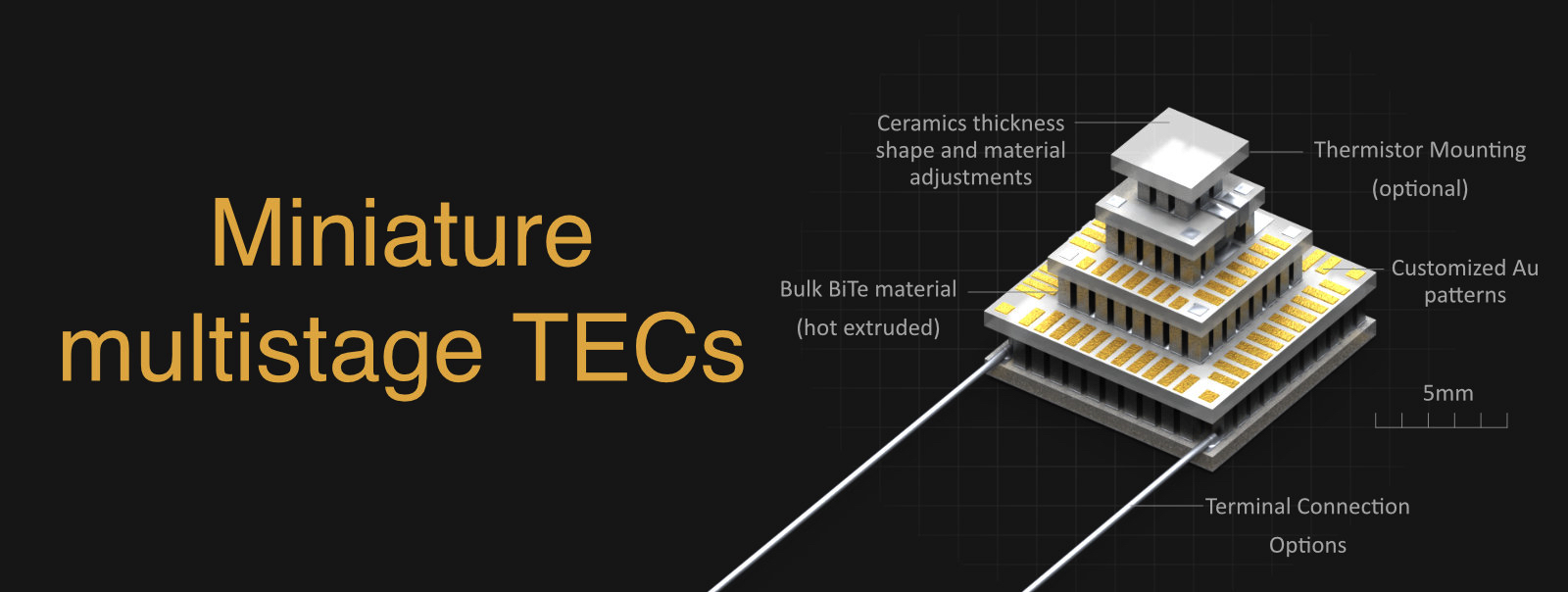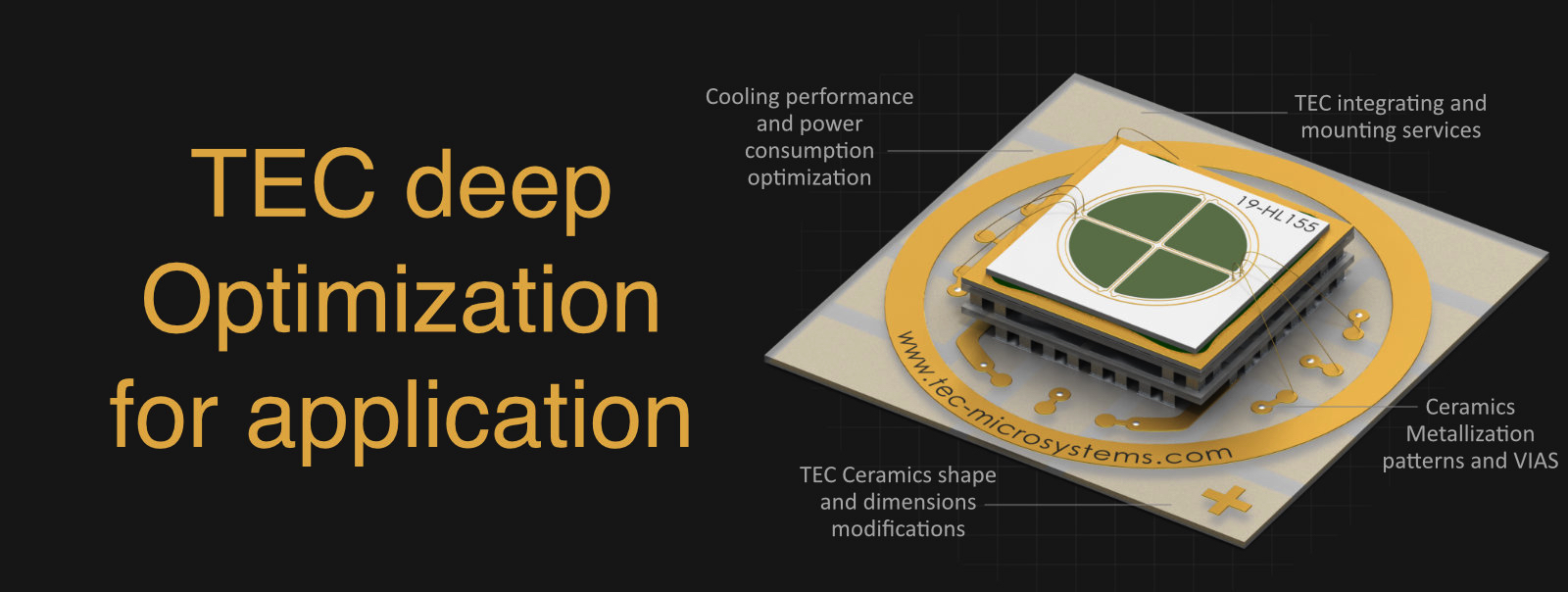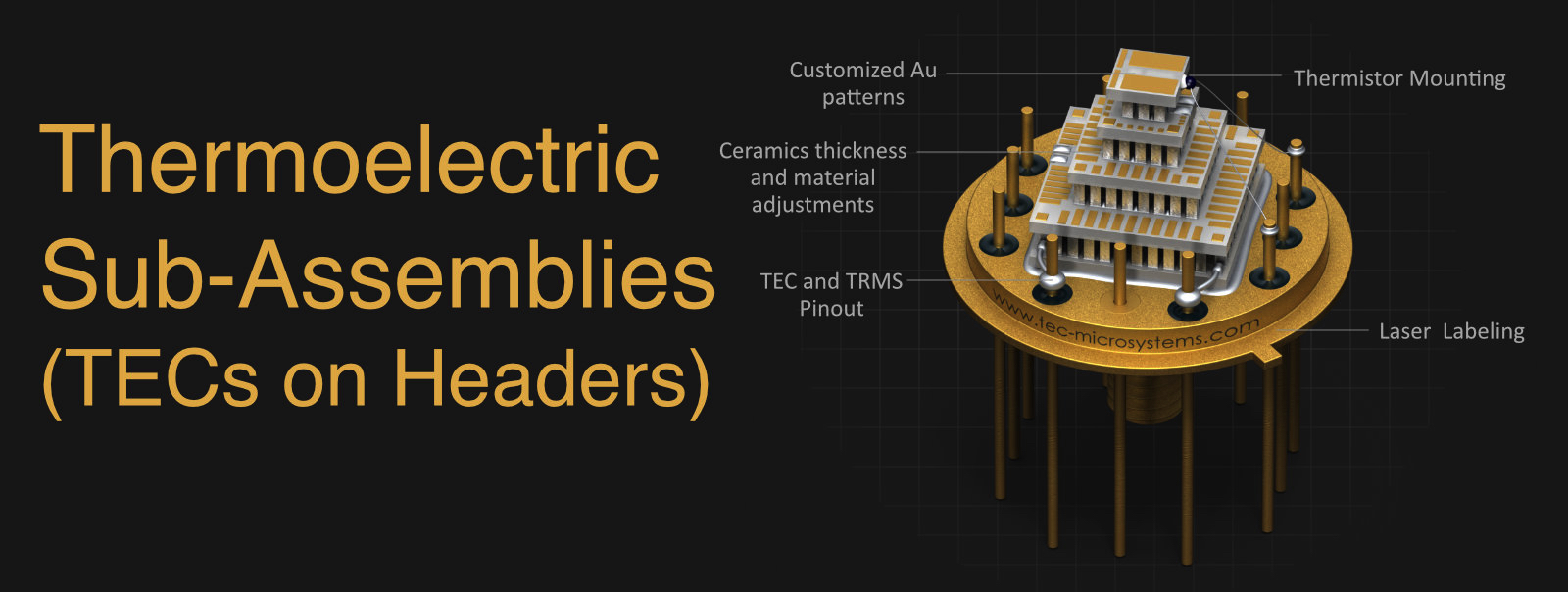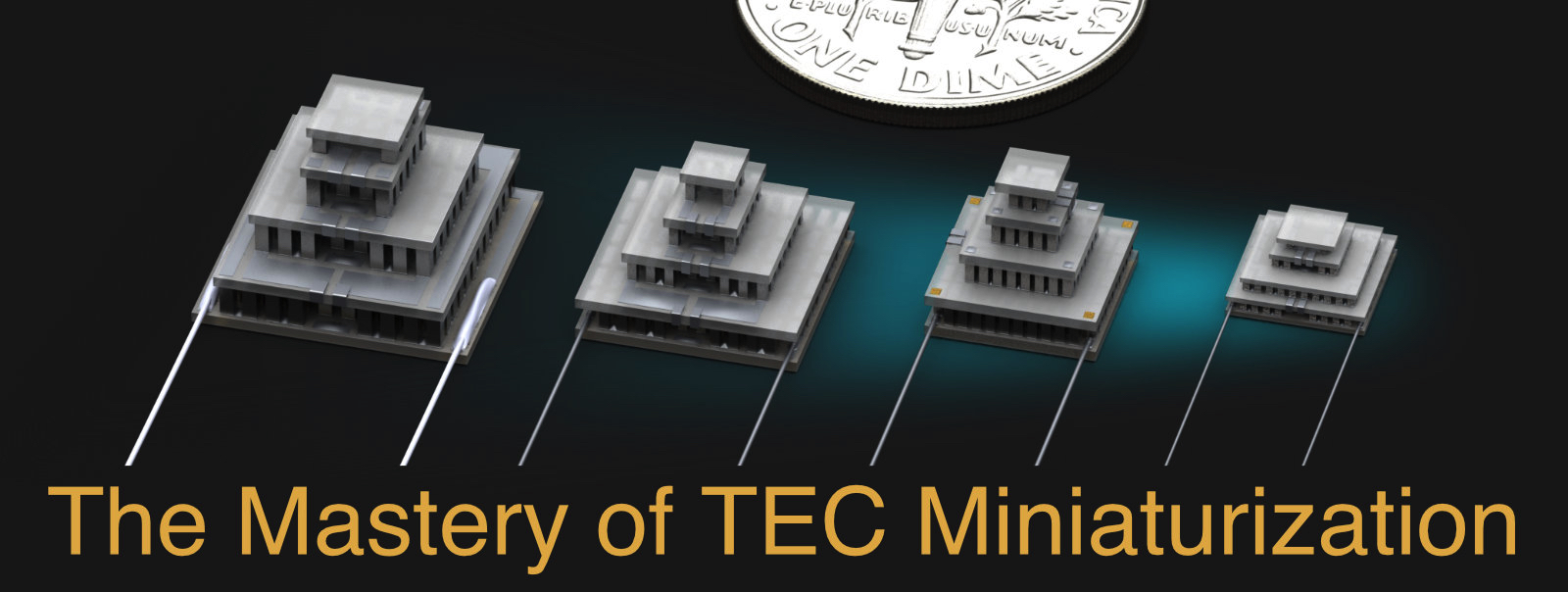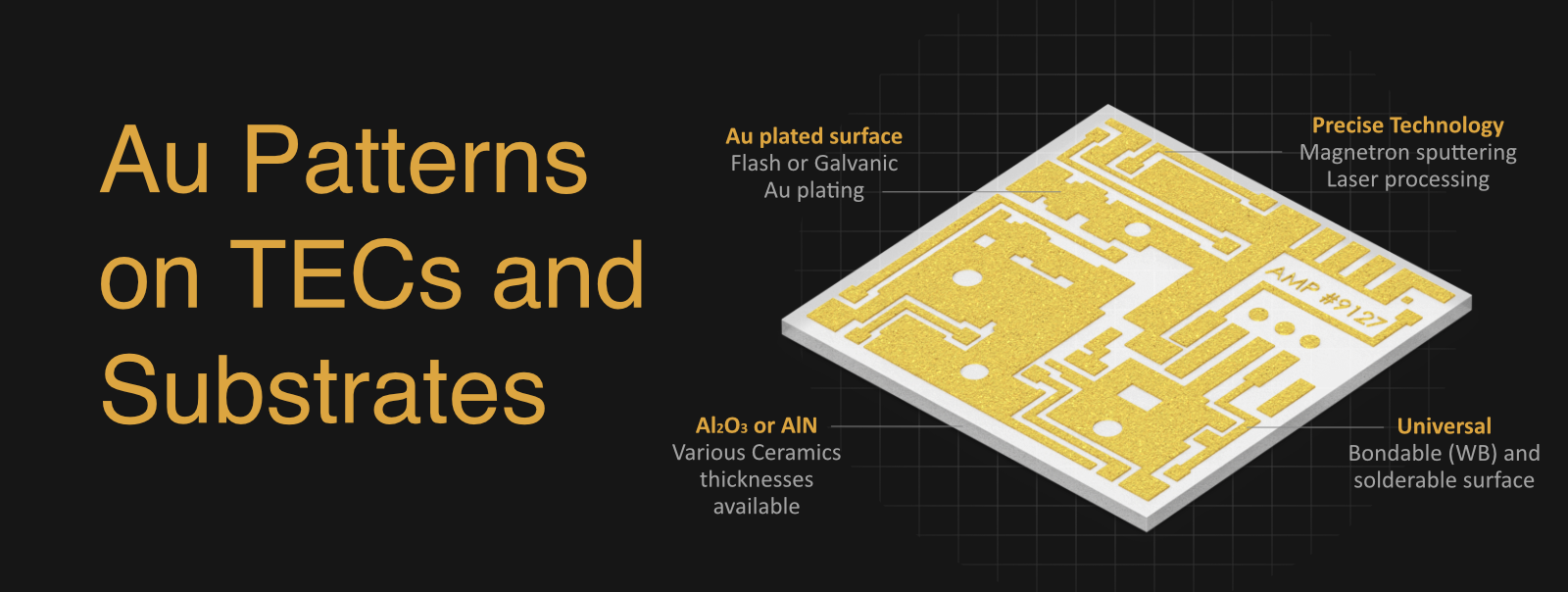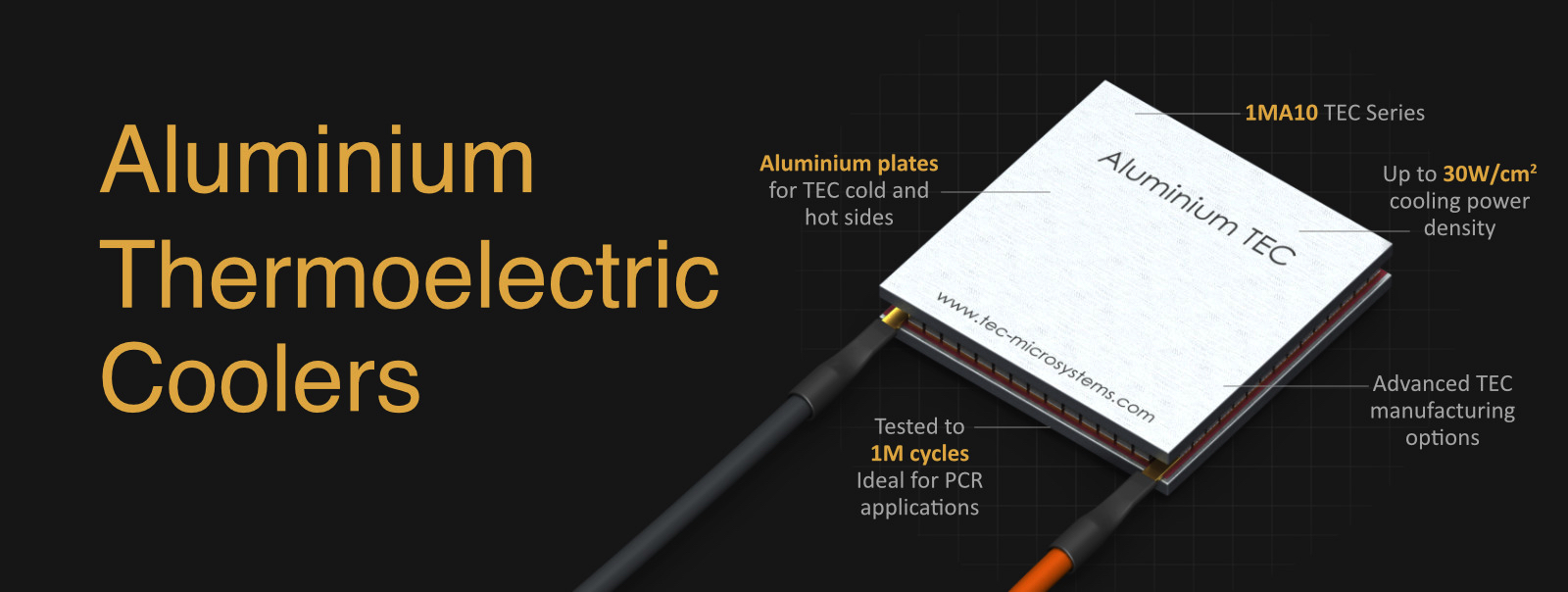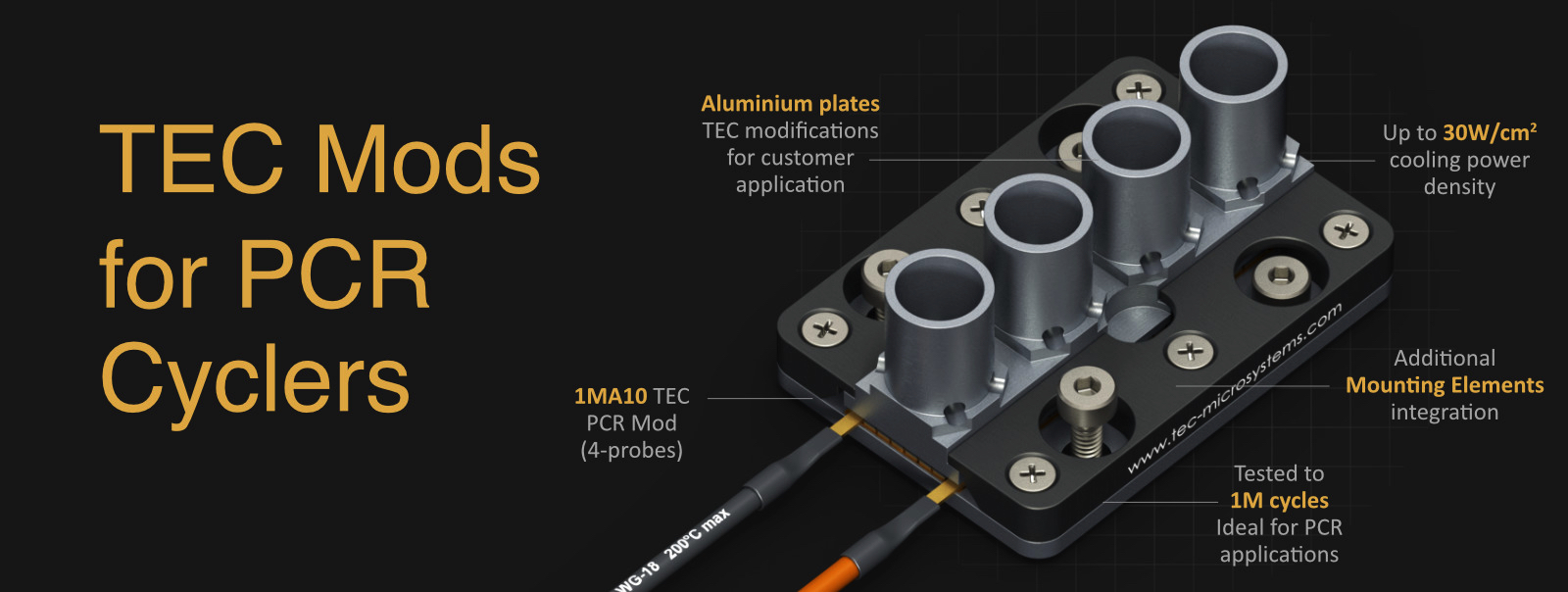























|
FOR SEPARATE (NOT MOUNTED) THERMOELECTRIC COOLER |
|||||
|
# |
Reasons of Defect |
AC Resistance ACR |
Figure-of-Merit Z |
Time Constant τ |
Comment |
|
1 |
Metal junctions detachment |
~ const |
~ const |
↑ |
|
|
2 |
Confused p-n pellets polarity |
~ const |
↓ |
↑ |
τ ~ const @ low current |
|
3 |
Thermal Contact between Pellet Side Wall and Solder Meniscus |
~ const |
↓ |
↓ |
|
|
4 |
Thermal and Electric Contact of Pellet Wall and Solder Meniscus |
↓ |
~ const |
↓ |
|
|
5 |
TEC Pellets Short Circuit |
↓ |
↓ |
↓ |
|
|
6 |
Two-stage TEC: confused stage polarity |
~ const |
~ const |
↓ |
τ twice lower to nominal value |
|
7 |
TE material Degradation |
↑ |
↓ |
~ const |
|
|
|
|||||
|
FOR MOUNTED (INTEGRATED) THERMOELECTRIC COOLER |
|||||
|
# |
Reasons of Defect |
AC Resistance ACR |
Figure-of-Merit Z |
Time Constant τ |
Comment |
|
1 |
Operational Degrading of a TE module |
↑ |
↓ |
↑ or ↓ |
|
|
2 |
Poor integrating of a TE Module into the Package |
~ const |
↑ |
↓ |
twice lower τ means total detachment |
|
3 |
Faulty mounting of a cooled object onto the TE module |
~ const |
~ const |
↓ |
|
|
4 |
Environment violation in a TE module construction |
~ const |
↓ |
↓ |
|








